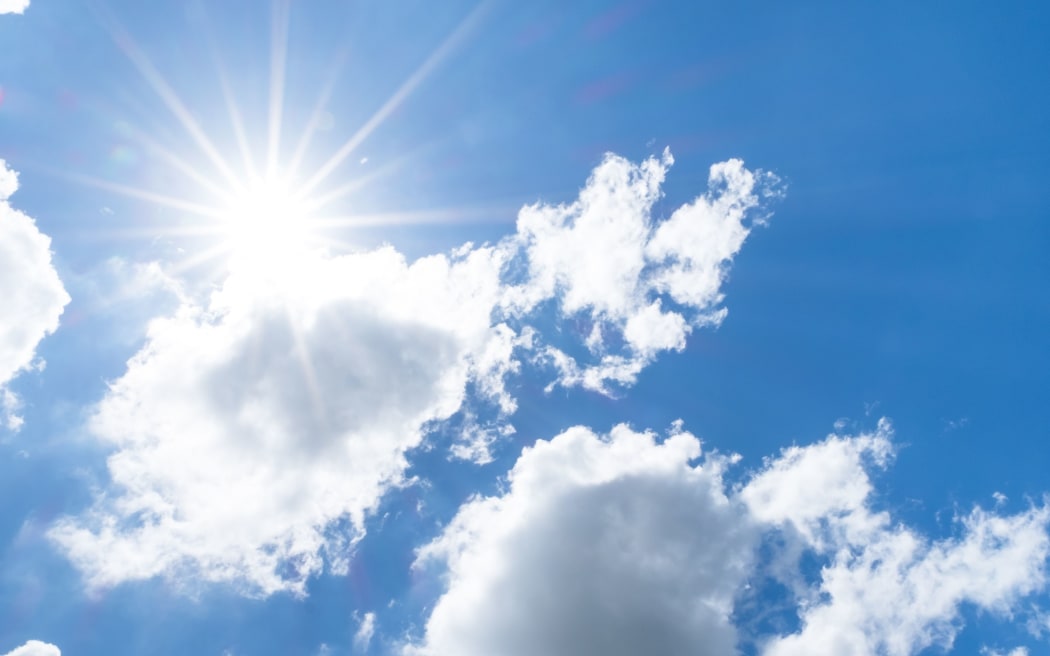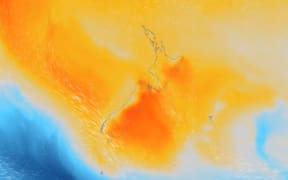
Photo: 123RF
The month of January saw some record breaking temperatures in parts of the country including Whakatanē, Whangaparāoa and Waikeria.
The National Institute of Water and Atmospheric (NIWA) research shows January saw higher than normal sea level pressure from a marine heatwave which intensified coastal waters.
A further 29 locations saw near-record high average temperatures for the first year of the month.
Temperatures were above average (0.51-1.2C above average) or well above average (more than 1.2C above average) across most of the country.
Eastern and inland parts of the country would typically see at least 30C daily maximum temperatures because of regular spells of north-westerly winds.
NIWA's climate monthly summary shows the country experienced a very dry start to the year with below normal rainfall for much of the North Island and parts of the South Island including Tasman, Nelson, Marlborough, Canterbury and Otago.
Meanwhile, rainfall was above average or well above average at 149 percent for parts of Gisborne, Hawke's Bay, the Central Plateau, Waitomo, Otago, parts of western Southland and central and southern parts of the West Coast.
Whakatū, Nelson saw the most rainfall at a total of 122 millimetres, which NIWA classified as 266 percent of normal.
More than half of that rainfall was recorded in the final four days of the month.
Christchurch recorded 297 hours of sunshine, making it the city's sunniest January since records began in 1930.
Further north, Blenheim observed 317 hours of sunshine, the town's fourth highest in January since recorded started.
The highest temperature was 35.1C in Hanmer Forest on 13 January.






